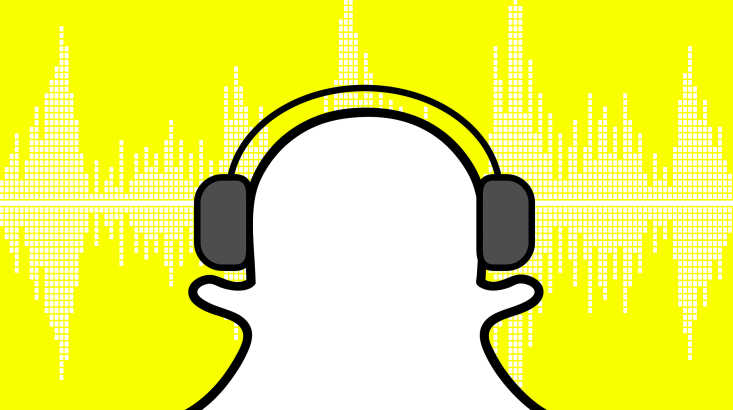Why Snapchat’s reported deal-making with major labels spells good news for the music business

Reports that Snapchat is in licensing talks with major record labels is ultimately good news, not only for its 6.4 million monthly active Australian users but for local musicians as well.
According to a May 24 story in the Wall Street Journal, the social media platform is in boardrooms with Universal Music Group, Sony Music Entertainment and Warner Music Group to secure rights to allow users to add music to their posts.
Once these deals are in place, it’s reasonable to expect that Snapchat will begin negotiations with independent rights holders, allowing the use of thousands of song snippets into the platform’s signature disappearing photos and videos.
The WSJ said its sources suggested that negotiations have “intensified in recent weeks.”
A former employee of parent company Snap told the WSJ that “for social-media apps, music content is a necessity at this point”.
Facebook and its Instagram and Oculus for instance, now has music licences in 40 countries for music to be used in videos, messages and stories and, from last October, on Facebook Stories, and Lip Sync Live.
China-based ByteDance, the owner of TikTok, is planning to launch a paid music streaming service later this year.
The plan is to start in emerging markets and then expand to other major markets and, hopefully, Australia.
Such convergent moves suggest the urgency with which the music industry must standardise royalty negotiations with platforms in the user-generated content space.
However, Snapchat already has friends in the music industry and demonstrated a huge potential for the global music industry.
Last June when the platform’s VP of partnerships Ben Schwerin gave a keynote at MIDEM Cannes, he made it clear there was a desire for greater involvement with the music industry – and with fairer terms.
“We’d like to have music be an even bigger part of the app”, Schwerin announced.
“We’ve also been an artist-friendly company from the beginning – we’re based in LA!…
“We ultimately want artists to be compensated for their work.
“We’ll see where this goes. Broadly we want to continue to build stronger relationships with rightsholders, and we want to see how music evolves on Snapchat.”
He also highlighted how Snap’s Lens Studio, which people can use to design their own AR lenses can be a powerful tool for independent artists. “Why this has worked so well in music is that musicians are visual artists.”
He added: “Really our business is about empowering people to express themselves.
“Very early on we saw that artists like Ariana Grande, Calvin Harris and DJ Khaled were using Snapchat to connect with their fans in a very personal way.
“55% of our audience is under 25.
“That’s a demographic that’s increasingly hard to reach anywhere else, and when we see these artist stories… it really feels like an ephemeral, mobile version of these iconic rock documentaries [from the past].”
Joining Schwerin at the MIDEM keynote was Geffen Records president Neil Jacobsen who spelled out the positives of Snapchat for record labels.
“I look at Snap in a lot of the ways I’d look at MTV.
“ It feels the same as MTV did to me in the 90s: it’s a young demographic, and being able to get to a user base like Snap’s, where it understands that under-25 demographic, much like I feel we understand that demographic, is really special.”
He also made the point: “Snapchat is global: it’s not a geo-fenced thing… it happens everywhere… I’ll put a global Snapchat lens on the table, and will watch it explode.
“We’re top 10 in Shazam in 35 countries in 10 seconds flat!”






























